If you’re a pig farmer or someone interested in the world of swine, chances are you’ve heard of Porcine Reproductive and Respiratory Syndrome (PRRS). This viral disease can be a significant concern in the pig farming industry due to its potential impact on pig health and productivity. In this guide, we’ll delve into the nitty-gritty of PRRS, from its causes and symptoms to effective prevention strategies. By the end, you’ll be better equipped to protect your swine herd from this troublesome disease.
What is Porcine Reproductive and Respiratory Syndrome (PRRS)?
Porcine Reproductive and Respiratory Syndrome, commonly known as PRRS, is a viral disease that affects pigs, specifically swine. It’s caused by the PRRS virus (PRRSV), which belongs to the Arteriviridae family. This disease is characterized by its dual impact on pig health, targeting both the reproductive and respiratory systems. PRRS can result in significant economic losses for pig farmers, making it crucial to understand its causes, symptoms, and prevention methods.
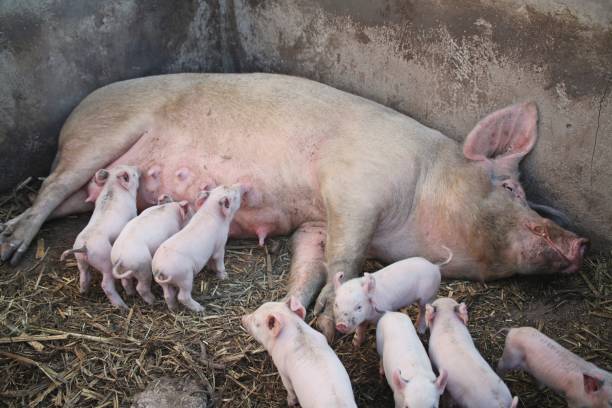
Causes of Porcine Reproductive and Respiratory Syndrome (PRRS)
PRRS is primarily caused by two distinct strains of the PRRS virus: PRRSV-1 and PRRSV-2. These strains exhibit similar clinical signs, making it challenging to differentiate between them without laboratory testing. The virus spreads through direct pig-to-pig contact, as well as indirect contact through contaminated equipment, clothing, or vehicles.
Read, Also >>>> Introduction to Influenza A Virus in Swine and 3 Types of Swine Influenza
Here’s how PRRS spreads:
Pig-to-Pig Transmission:
Infected pigs shed the virus through bodily fluids such as saliva, nasal secretions, and feces. Healthy pigs can contract the virus when they come into contact with these fluids.

Contaminated Surfaces:
The virus can survive on contaminated surfaces for several days, allowing it to be transmitted when pigs touch or ingest these surfaces.
Airborne Transmission:
In some cases, PRRSV can become airborne, particularly in densely populated pig farms, increasing the risk of infection among pigs in close proximity.
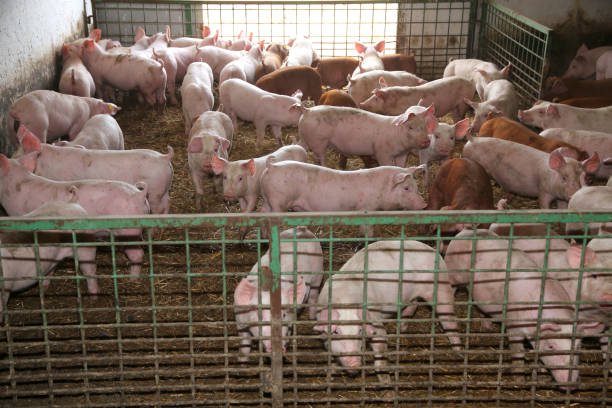
Symptoms of Porcine Reproductive and Respiratory Syndrome (PRRS):
Identifying PRRS in your swine herd is crucial for timely intervention. The symptoms of PRRS can vary in severity, and some pigs may not show any clinical signs at all. However, common symptoms include:
Read, Also >>>> Introduction to Influenza A Virus in Swine and 3 Types of Swine Influenza
Respiratory Issues:
Pigs with PRRS may exhibit signs of respiratory distress, including coughing, labored breathing, and nasal discharge.
Reproductive Problems:
In breeding sows and boars, PRRS can lead to reproductive failure, including stillbirths, mummified piglets, and a decrease in litter size.
Fever:
Infected pigs often run a high fever, which is one of the early signs of PRRS.
Reduced Appetite:
Pigs may lose interest in food, leading to weight loss and reduced growth rates.
Weakness and Lethargy:
Infected pigs may appear weak, lethargic, and less active than usual.
Abortions:
In pregnant sows, PRRS can result in abortions or the birth of weak, unhealthy piglets.
It’s important to note that the severity of these symptoms can vary, and some pigs may recover from mild cases of PRRS, while others may succumb to the disease. Proper diagnosis by a veterinarian is essential to determine the appropriate course of action.
Preventing Porcine Reproductive and Respiratory Syndrome
(PRRS):
Prevention is the key to managing PRRS on your pig farm. Implementing effective biosecurity measures is essential to minimize the risk of PRRSV introduction and spread. Here are some preventive measures to consider:
Read, Also >>>> Introduction to Influenza A Virus in Swine and 3 Types of Swine Influenza
Quarantine New Pigs:
When introducing new pigs to your farm, keep them in quarantine for at least 30 days to ensure they are not carrying the virus.

Strict Hygiene:
Maintain strict hygiene protocols, including regular disinfection of equipment, vehicles, and clothing to prevent cross-contamination.
Limit Visitors:
Restrict access to your pig farm to essential personnel only, and ensure they follow biosecurity protocols.
Vaccination:
Consult with your veterinarian about the availability of PRRS vaccines and whether they are appropriate for your herd.
Isolation of Sick Pigs:
Isolate and treat pigs showing symptoms of PRRS to prevent further spread within the herd.
Air Filtration:
Consider installing air filtration systems to reduce the risk of airborne transmission.
Monitor Pig Health:
Regularly monitor the health of your pigs, and be vigilant for any signs of illness.
Educate Farm Personnel:
Ensure that all farm personnel are educated about PRRS and the importance of biosecurity measures.
Conclusion:
Porcine Reproductive and Respiratory Syndrome (PRRS) is a significant concern for pig farmers, but with the right knowledge and preventive measures, you can protect your swine herd from this viral disease. Understanding the causes, recognizing the symptoms, and implementing robust biosecurity protocols are crucial steps in managing and preventing PRRS on your pig farm. By taking these measures, you can ensure the health and productivity of your pigs, ultimately contributing to the success of your pig farming venture.
Read, Also >>>> Introduction to Influenza A Virus in Swine and 3 Types of Swine Influenza



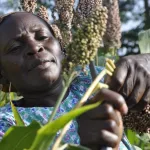

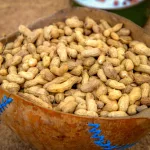




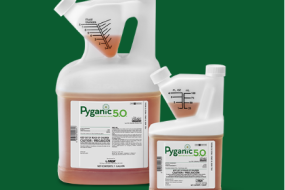
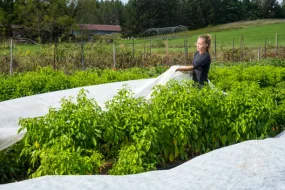
One reply on “What Are The Causes, Symptoms and Prevention of Porcine Reproductive and Respiratory Syndrome (PRRS)”
[…] provide us with the food we enjoy daily. While there are various farming methods in practice today, conventional farming continues to be a significant contributor to global food production. In this article, we’ll […]